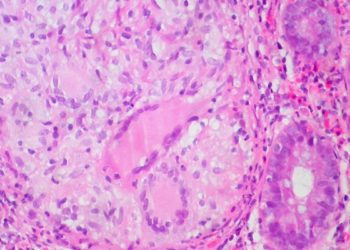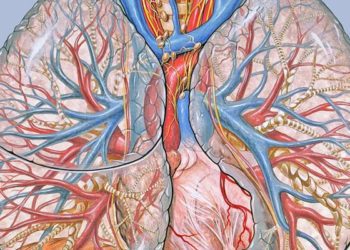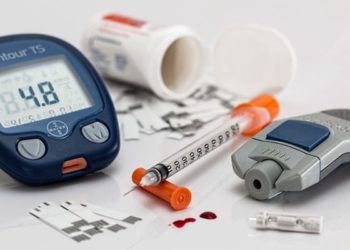Vaccines for Zaire Ebola virus disease are safe and generate an immune response
1. In this trial for the safety of vaccines used to prevent Zaire Ebola virus disease (EVD), no concerns were identified.
2. All three vaccine regimens tested demonstrated immune responses by day 14 lasting through to month 12.
Evidence Rating Level: 1 (Excellent)
Study Rundown: EVD outbreaks have high morbidity and mortality, and have recently recurred in the Democratic Republic of Congo and Guinea. Two vaccine strategies to prevent EVD have received World Health Organization (WHO) prequalification status and were used during the most recent Ebola outbreaks. The strategies include the recombinant vesicular stomatitis virus (rVSV)-based vaccine expressing the surface glycoprotein of Zaire ebolavirus (ZEBOV; the rVSVΔG-ZEBOV-GP vaccine) and the combination of an adenovirus type 26–vectored vaccine encoding the ZEBOV glycoprotein (Ad26.ZEBOV) followed by a booster dose of a modified vaccinia Ankara virus strain (MVA-BN-Filo). However, there is a gap in knowledge as to understanding the safety of these vaccines, as well as the rapidity and durability of antibody responses to them. Overall, this study found that immune responses were elicited within 14 days of injection for these vaccine regimens and were maintained for 12 months, and no safety concerns were identified. This study was limited by being unable to assess protection from disease or determining a correlate of protection. Nevertheless, these study’s findings are significant, as they demonstrate that vaccines for the prevention of EVD are efficacious in eliciting an immune response and have no reportable safety concerns.
Click to read the study in NEJM
Relevant Reading: A Randomized, Controlled Trial of Ebola Virus Disease Therapeutics
In-Depth [randomized controlled trial]: Two randomized, placebo-controlled trials were conducted, with one involving adults and one involving children. Three vaccine regimens were tested: Ad26.ZEBOV followed by MVA-BN-Filo 56 days later (the Ad26–MVA group), rVSVΔG-ZEBOV-GP followed by placebo 56 days later (the rVSV group), and rVSVΔG-ZEBOV-GP followed by rVSVΔG-ZEBOV-GP 56 days later (the rVSV–booster group). Adults who were 18 years of age or older and children 1 to 17 years of age, all without a history of EVD, and who were not pregnant or breastfeeding were eligible for the study. The primary outcome measured was antibody response at 12 months, defined as having both a 12-month antibody concentration of at least 200 enzyme-linked immunosorbent assay units (EU) per milliliter and an increase from baseline in the antibody concentration by at least a factor of four. Based on the primary analysis, the incidence of injection-site reactions and symptoms (feverishness and headache) was higher in the week after receipt of the primary and second or booster vaccinations than after receipt of placebo but not at later time points. At month 12, a total of 41% of adults (titer, 401 EU per milliliter) and 78% of children (titer, 828 EU per milliliter) had a response in the Ad26–MVA group; 76% (titer, 992 EU per milliliter) and 87% (titer, 1415 EU per milliliter), respectively, had a response in the rVSV group; 81% (titer, 1037 EU per milliliter) and 93% (titer, 1745 EU per milliliter), respectively, had a response in the rVSV–booster group; and 3% (titer, 93 EU per milliliter) and 4% (titer, 67 EU per milliliter), respectively, had a response in the placebo group (p<0.001 for all comparisons of vaccine with placebo). Overall, this study demonstrates that no safety concerns were identified and all three vaccine regimens demonstrated an immune response against EVD.
Image: PD
©2023 2 Minute Medicine, Inc. All rights reserved. No works may be reproduced without expressed written consent from 2 Minute Medicine, Inc. Inquire about licensing here. No article should be construed as medical advice and is not intended as such by the authors or by 2 Minute Medicine, Inc.







